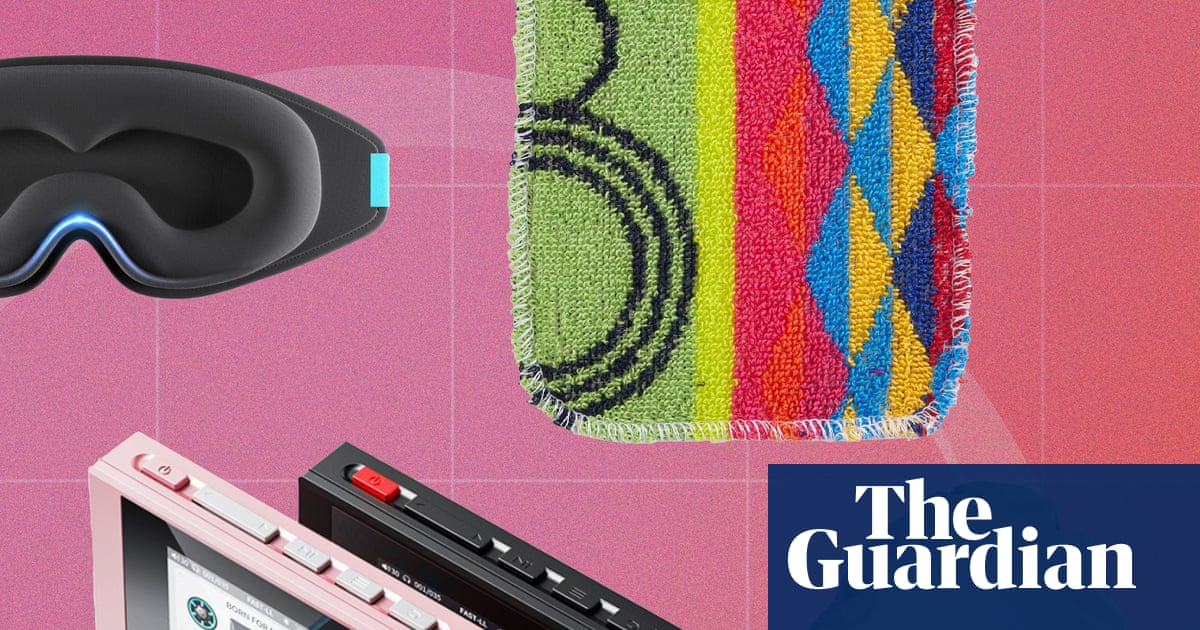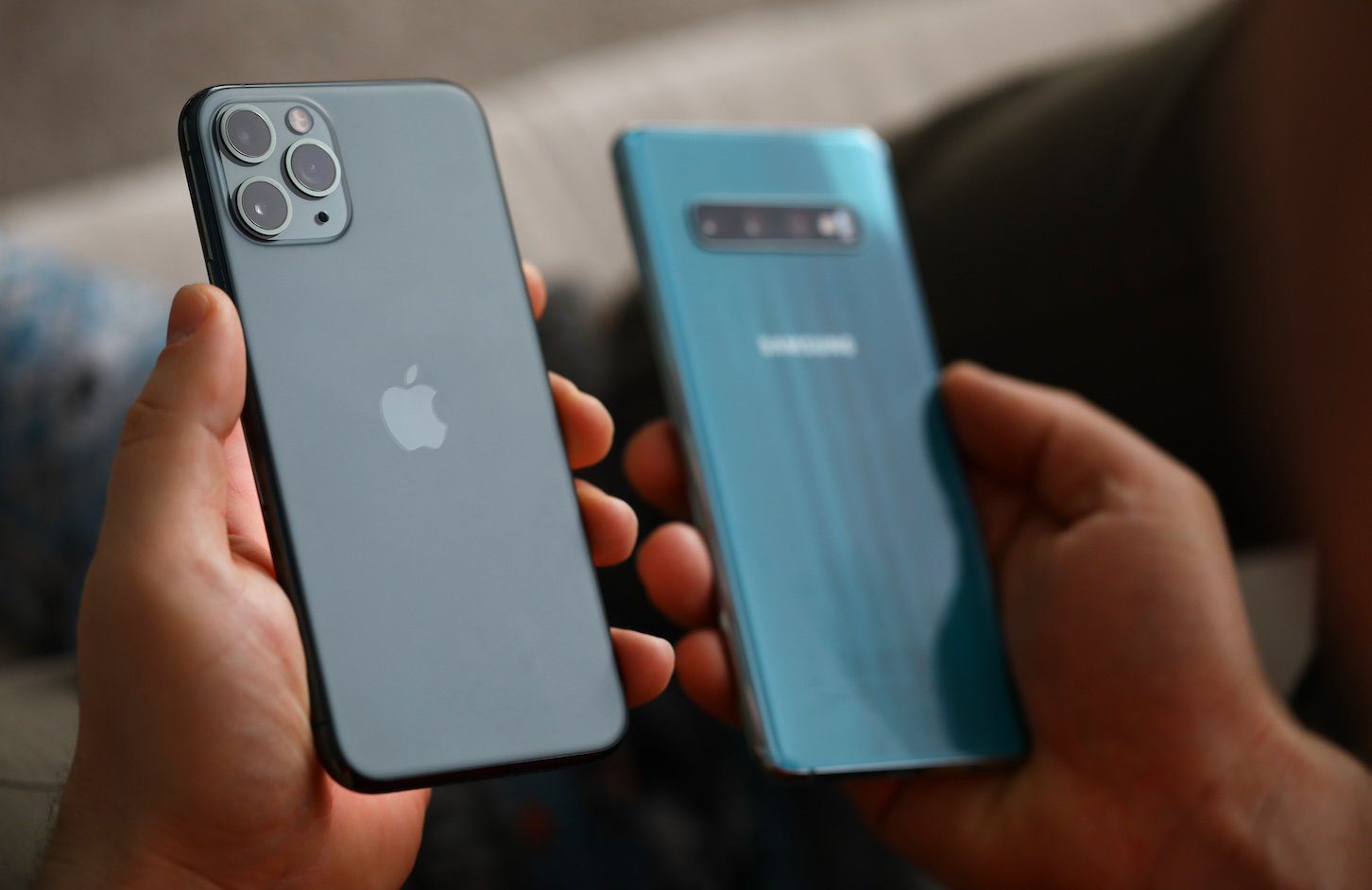Editor’s note: “How Musk’s Optimus Could Create a New Investing Boom” was previously published in August 2025 with the title, “Musk Is All In on Robots: Why You Should Be, Too.” It has since been updated to include the most relevant information available.
Elon Musk is betting his legacy on robots.
The Tesla (TSLA) CEO has built the world’s most valuable EV company, the most successful private space firm, and one of the most disruptive energy businesses. Yet Musk says none of those are his greatest achievement…
Instead, he believes Tesla’s humanoid robot, Optimus, could soon surpass even the iPhone as the most valuable product in history.
Unlike a car, Optimus isn’t confined to four wheels. Powered by Tesla’s AI ‘brain’ and Full Self-Driving (FSD) tech, it can walk, lift, assemble, cook, clean, and – most importantly – learn.
In fact, the robot is already at work inside Tesla factories and even serving guests at Tesla’s Diner in Hollywood. And Musk has promised thousands more will be manufactured this year, with sales to businesses and, eventually, consumers right around the corner.
On a recent call, Musk made his ambition plain: “Optimus will be the overwhelming majority of Tesla’s value… with the potential to generate over $10 trillion in revenue.”
This is Musk’s clearest signal yet that he sees humanoid robots – not EVs, rockets, or social media – as the technology that will define the future.
Could Musk’s Bot Outshine the iPhone?
We feel that the stars are aligning in a way that could catapult humanoid robots into the center of American industry, policy, and everyday life faster than anyone expects.
AI is evolving fast. For example, back in September 2024, most AI models averaged between 80 and 93 IQ, as measured by TrackingAI. Today, most fall between 90 and 140 (including Grok 4 of Musk’s own xAI). And that’s within less than a year!

Pair that level of intelligence with a humanlike machine body, and you have the blueprint for an unlimited, round-the-clock labor force. No sleep, wages, lunch breaks, or benefits – just productivity.
That’s a future Musk is actively building. And it’s why we think Optimus could be the most disruptive product ever launched.
This is a machine that could perform warehouse work, manage inventories, assist in factories, restaurants, and homes, patrol and secure properties, perform elder care and domestic duties…
At scale, it could easily supplement, even replace, human labor throughout the entire global economy.
Humanoid Robots: A Labor-Disrupting, Economy-Transforming Force
Let’s be real: This isn’t just a digital assistant that lives in your pocket like Siri.
With humanoid robots, we’re talking about a physical personal assistant with a tangible impact – a potentially labor-disrupting, economy-transforming force gearing up to go mainstream.
Think about it. From steam engines to semiconductors, every major technological leap has reshaped the workforce in ways that were hard to fully grasp at the outset.
During the Industrial Revolution, machines replaced hand-weavers, leading to the collapse of entire ‘cottage industries’ almost overnight.
In the 20th century, Henry Ford’s assembly line made cars accessible to the masses – while also redefining labor itself, breaking skilled work into repetitive, specialized tasks.
And as we’ve seen most recently, digital tools introduced to cut costs and boost efficiency have hollowed out sectors across the labor market. Spreadsheets and enterprise software have replaced swaths of bookkeepers and administrative assistants. Email and databases have streamlined office workflows that once required dedicated secretaries and file clerks.
In our view, humanoid robots represent the next great technological leap that will change the labor calculus entirely.
Just as tractors once transformed agriculture and displaced millions of farmhands, these machines could reshape employment as we know it.
The Final Word on Elon Musk’s Biggest Bet Yet
Every labor shock in history has wrought destruction… and reinvention.
History tells us not to ignore these shifts. When the tools change, so does the world.
And with the Robotics Revolution on the horizon, there may be no telling how vastly our world changes – or how quickly.
One company in particular seems poised to take the crown in this race. With Optimus taking center stage, Tesla is this industry’s clear front-runner.
Though, as we saw during industrial booms of the past, buying into the big-name stock isn’t the only path to hefty gains.
Take the PC boom of the 1990s.
Everyone was watching Dell (DELL), Compaq, and Apple (AAPL). But huge windfalls also came from the companies behind the scenes – the little-known suppliers helping bring the tech to life.
- Intel (INTC), microprocessor supplier, surged more than 10,000% between 1986 and ‘99.
- Microsoft (MSFT), whose software powered the machines, saw ~97,000% returns during that same time.
- And Applied Materials (AMAT), which made the tools that made the chips, jumped nearly 19,000%.
Or how about the dot-com boom?
Most investors chased names like AOL or Yahoo… but the infrastructure providers were also wealth-minters.
- Cisco Systems (CSCO), which powered the internet’s plumbing, rose about 35,000% from its early days to its peak.
- Qualcomm (QCOM), a wireless infrastructure enabler, popped about 6,000% between 1995 and 2000.
Today, Tesla’s in the spotlight as it drives the robotics industry forward.
If Musk is right, Optimus won’t just change Tesla… it will change the entire economy. And history shows the biggest windfalls don’t always go to the headline company – they go to the suppliers behind the scenes.
P.S. You can stay up to speed with Luke’s latest market analysis by reading our Daily Notes! Check out the latest issue on your Innovation Investor or Early Stage Investor subscriber site.










